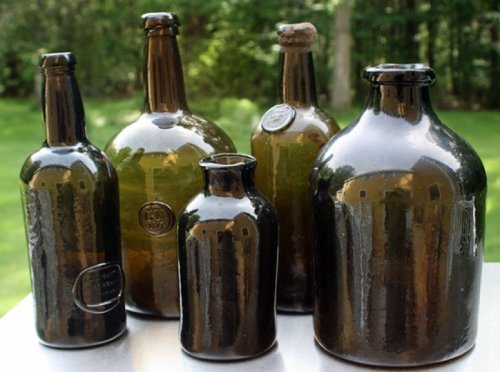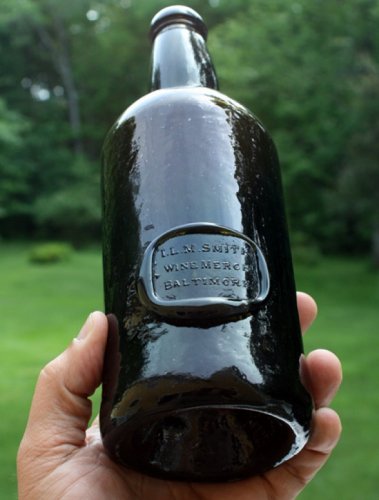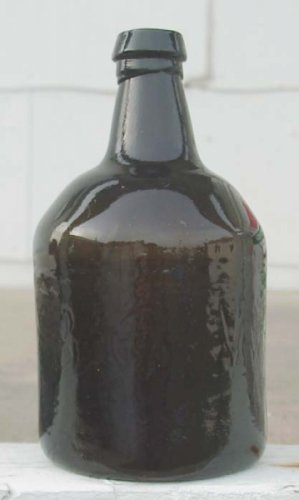daltonbottles
Well-Known Member
- Joined
- May 11, 2010
- Messages
- 54
- Reaction score
- 3
- Points
- 0
Thanks Jim.
Steve, I retired last year from 29 years in Law Enforcement, bought a nice ranch house in the foothills of the Boston Mountains in Northwestern Arkansas, and generally spend my time loafing, hunting old bottles (moreso on the internet than digging holes anymore) and try to learn a little more about them every day. My passion, obviously, is black glass. Just something about it that feels truly "historical" when you consider that when holding an onion bottle or early variation, transitional, or mallet, all of the history that really did occur around the existence of that piece of glass in your hands. I still pick up an occasional blob soda, hutch, and even a nice early crown now and then, but the black glass and early American blown bottles are always on the top shelf. I still dream of the day I will hit one of the local antique shops or flea markets and find a nice intact shaft and globe for the ungodly sum of five or ten dollars.
Thanks for the pics, nice looking pieces.
Steve, I retired last year from 29 years in Law Enforcement, bought a nice ranch house in the foothills of the Boston Mountains in Northwestern Arkansas, and generally spend my time loafing, hunting old bottles (moreso on the internet than digging holes anymore) and try to learn a little more about them every day. My passion, obviously, is black glass. Just something about it that feels truly "historical" when you consider that when holding an onion bottle or early variation, transitional, or mallet, all of the history that really did occur around the existence of that piece of glass in your hands. I still pick up an occasional blob soda, hutch, and even a nice early crown now and then, but the black glass and early American blown bottles are always on the top shelf. I still dream of the day I will hit one of the local antique shops or flea markets and find a nice intact shaft and globe for the ungodly sum of five or ten dollars.
Thanks for the pics, nice looking pieces.






